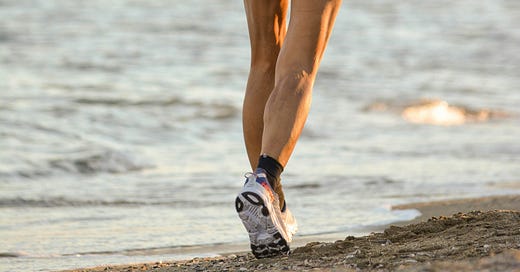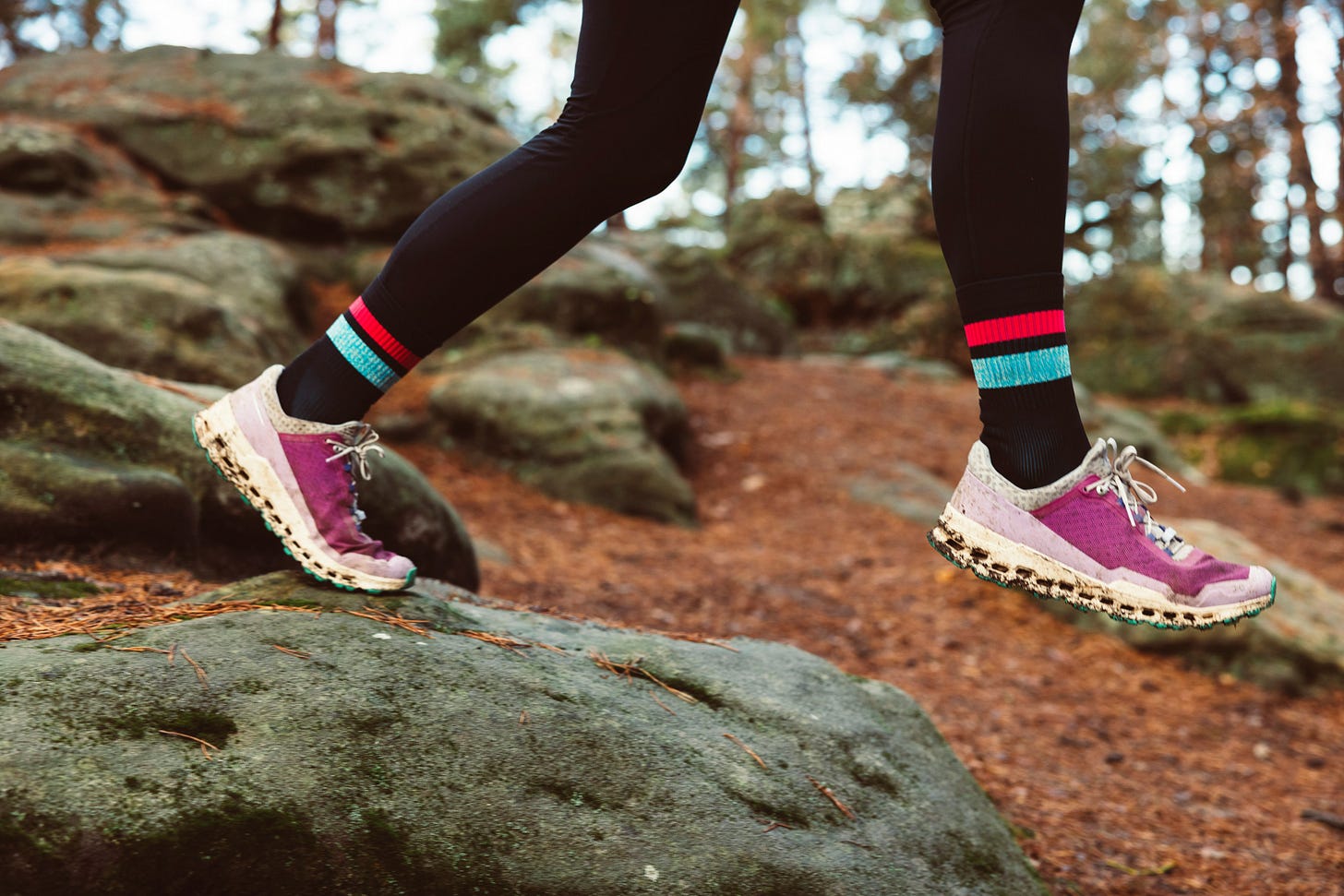Running With Menopause: Endurance Sports & Women’s Health
The menopause knowledge gap and how we can work with our bodies to keep running.
Each person’s experience of menopause is different, so it’s important to keep in mind what is best for you and your body. Not all recommendations will work for everyone. I am not a doctor.
Nearly four years ago, I entered medically-induced menopause to treat a health condition. I picked up running around the same time, but when I had hot flashes during every run, I gave up the sport.
My body flushed, my face burned, and because of those two things, I became really dizzy and faint. I came back to running after being prescribed hormone replacement therapy (HRT) to lessen menopausal symptoms. Even with HRT, I still deal with many of menopause’s symptoms and risk factors like potential bone density loss.
The Menopause Knowledge Gap
A 2024 study published in Post Reproductive Health gave a menopause knowledge questionnaire to 162 women split into three groups: pre-menopausal, peri-menopausal, and post-menopausal. The researchers found that pre-menopausal women had much less knowledge about menopause than peri-menopausal women who had a much lower knowledge level than post-menopausal women. In short, the women who know the most about menopause are those who have gone through it.
At face value, this makes sense. People who are post-menopausal would have the most knowledge about menopause. I think this also points to how uninformed we are about women’s health and what it means to go through menopause. Since this stage of life is often reduced to symptoms like hot flashes and mood swings, it’s easy to write off women as being “dramatic” about something that isn’t that serious.
But it is serious. The ovaries slowly stop producing estrogen and progesterone, which, like all hormones, regulate bodily functions. This will lead to major changes.
Women athletes may struggle to recognize why their performance or ability might not be the same as it was pre-menopause because of this knowledge gap. Learning how to navigate menopause is key to understanding athletic performance in this stage of life.
Menopause changes your body. Your approach to training might need to change, too.
As a runner, it’s imperative to recognize the physiological shifts of menopause and work with them, rather than avoid them.
Jenna Richardson, CIHC, FDN-P, of Princeton Integrative Health works with many women, including endurance athletes, as they navigate menopause.
[Menopause] can introduce unexpected shifts, from slower recovery times to changes in body composition, joint health, energy levels, and even thermoregulation (hello, hot flashes mid-run!).
Hormonal shifts, particularly the decline in estrogen, impact muscle mass, bone density, and collagen, which directly affect endurance, strength, and injury risk.
Women runners in this stage need to pay close attention to their body’s cues, how they’re recovering, where they’re feeling strain, and whether their old training strategies still serve them.
She advises women to adapt with wisdom, rather than push harder.
“Menopause can bring mood swings, anxiety, and even a sense of identity disruption, especially for women who’ve long seen themselves as strong, resilient athletes. Many grapple with frustration over changing performance or body shifts, which can undermine confidence and joy in the sport,” Richardson said.
Sustain Physical Activity in Menopause with Adaptation
After receiving my first Lupron injection, my gynecologist made a point of the potential for bone density loss and preserving muscle. I, however, didn’t take either of these things seriously — especially preserving muscle. For most of my life, I’ve lacked both the discipline and interest in strength and resistance training choosing instead to pretend I didn’t need to work on it at all.
Only through running and reading more about the impact of menopause on my body did I realize that it is important. Still, I will admit that I’m not great at keeping a strength training routine (but I am working on it!).
Because of increased potential for injury due to bone density and muscle loss, as well as decreased joint health in aging women, Richardson recommends adapting training regimens with a holistic approach that includes cross-training, strength work, flexibility, and increased recovery times.
Instead of a strict schedule of running, incorporating strength and mobility sessions, as well as low-impact exercise like yoga, can improve flexibility and stability.
Nutrition for Runners in Menopause
Nutrition is important in running; we need fuel to keep us going. During menopause, it’s also important to pay attention to what your body needs so you can perform at the highest level.
“Prioritizing protein becomes crucial, both for muscle maintenance and recovery,” Richardson said. “Many women underestimate how much protein they need, especially as estrogen declines and muscle synthesis becomes less efficient.”
I didn’t realize how little protein I ate per day until I started tracking it, nor did I buy into the fact that I needed protein to support muscle growth and improve my performance as a runner. In the months since I’ve started, though, I’ve recovered faster, have felt myself grow stronger, and have more energy for day-to-day activities.
In addition to increasing protein, Richardson recommends increasing calcium and vitamin D intake for bone health and omega-3s and turmeric to reduce inflammation. Golden latte, anyone?
And yet, we keep moving
I’ve definitely struggled with the juxtaposition of living in a young, but aging body and understanding how to approach my life in a way that balances these contradictions.
And yet, I keep moving.
I think that’s the important piece of this. Life doesn’t stop with menopause. Life doesn’t stop when you’re 40, 50, 60, or older.
Welcoming and working with the changes will make us better runners and athletes.






Adapt with wisdom, instead of pushing harder. I absolutely love that!
Thank you for sharing your experience. You rock!!